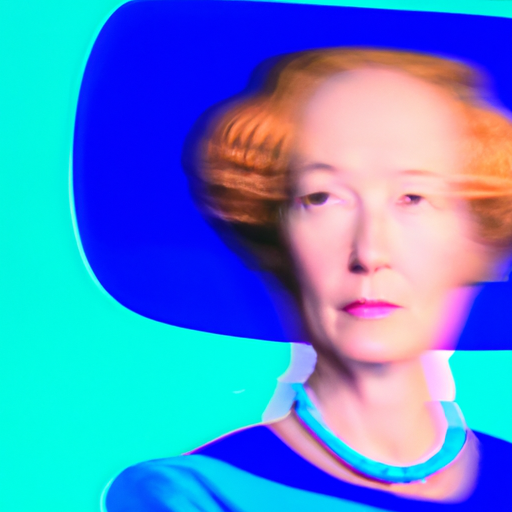
-
Table of Contents
Exploring Surrealism in Graphic Art

Surrealism is an artistic movement that emerged in the early 20th century, characterized by its dreamlike and irrational imagery. It sought to challenge conventional artistic techniques and explore the subconscious mind. While surrealism is often associated with painting and literature, it has also made a significant impact on the world of graphic art. In this article, we will delve into the world of surrealism in graphic art, examining its origins, key characteristics, notable artists, and its influence on contemporary design.
The Origins of Surrealism
Surrealism originated in the aftermath of World War I, a time of great social and political upheaval. The movement was heavily influenced by the writings of Sigmund Freud, particularly his theories on the unconscious mind and dream analysis. Surrealists sought to tap into the power of the subconscious and explore the hidden depths of the human psyche.
One of the key figures in the development of surrealism was André Breton, who published the Surrealist Manifesto in 1924. This manifesto outlined the principles and goals of the movement, emphasizing the importance of unleashing the creative potential of the unconscious mind.
Key Characteristics of Surrealism in Graphic Art
Surrealism in graphic art shares many of the same characteristics as surrealism in other mediums. Some of the key characteristics include:
- Unusual juxtapositions: Surrealist graphic art often combines unrelated or unexpected elements to create a sense of surprise and disorientation.
- Distorted reality: Surrealist artists often distort or manipulate reality to create dreamlike or fantastical imagery.
- Symbolism: Surrealism frequently employs symbolic imagery to convey deeper meanings and explore the subconscious.
- Automatism: Surrealist artists often embraced automatism, a technique that involves creating art without conscious control, allowing the subconscious to guide the creative process.
Notable Surrealist Graphic Artists
Several notable artists have made significant contributions to surrealism in graphic art. Here are a few examples:
Max Ernst
Max Ernst was a German artist who played a crucial role in the development of surrealism. His graphic works often featured strange and fantastical creatures, combining elements from different sources to create bizarre and unsettling imagery. Ernst’s collages, such as “The Elephant Celebes,” exemplify his unique approach to surrealism in graphic art.
René Magritte
René Magritte, a Belgian artist, is known for his thought-provoking and enigmatic paintings. His graphic works often feature ordinary objects in unexpected contexts, challenging the viewer’s perception of reality. Magritte’s iconic painting, “The Treachery of Images,” with the caption “Ceci n’est pas une pipe” (This is not a pipe), exemplifies his exploration of the relationship between image and reality.
Salvador Dalí
Salvador Dalí is perhaps one of the most famous surrealists, known for his eccentric personality and distinctive style. His graphic works often feature melting clocks, distorted figures, and dreamlike landscapes. Dalí’s painting, “The Persistence of Memory,” is a prime example of his exploration of the subconscious and the concept of time.
Surrealism in Contemporary Graphic Design
The influence of surrealism can be seen in contemporary graphic design, where designers continue to push boundaries and challenge traditional norms. Surrealist elements are often incorporated to create visually striking and thought-provoking designs.
One example of surrealism in contemporary graphic design is the work of Stefan Sagmeister, an Austrian-born graphic designer. Sagmeister’s designs often feature unexpected and unconventional elements, combining photography, typography, and illustration to create visually stunning compositions. His work challenges the viewer’s perception and invites them to question the boundaries of design.
Another example is the graphic design studio Non-Format, founded by Kjell Ekhorn and Jon Forss. Their work often incorporates surreal elements, such as distorted typography and unusual color combinations. Non-Format’s designs are known for their bold and unconventional approach, pushing the boundaries of traditional graphic design.
Conclusion
Surrealism in graphic art has had a profound impact on the world of design. Its exploration of the subconscious and its unconventional techniques continue to inspire and influence contemporary graphic artists. By combining unusual juxtapositions, distorted reality, symbolism, and automatism, surrealism in graphic art creates visually striking and thought-provoking designs. Artists like Max Ernst, René Magritte, and Salvador Dalí have left a lasting legacy, and their influence can be seen in the work of contemporary designers like Stefan Sagmeister and Non-Format. Surrealism in graphic art challenges traditional norms and invites viewers to explore the hidden depths of the human psyche.
